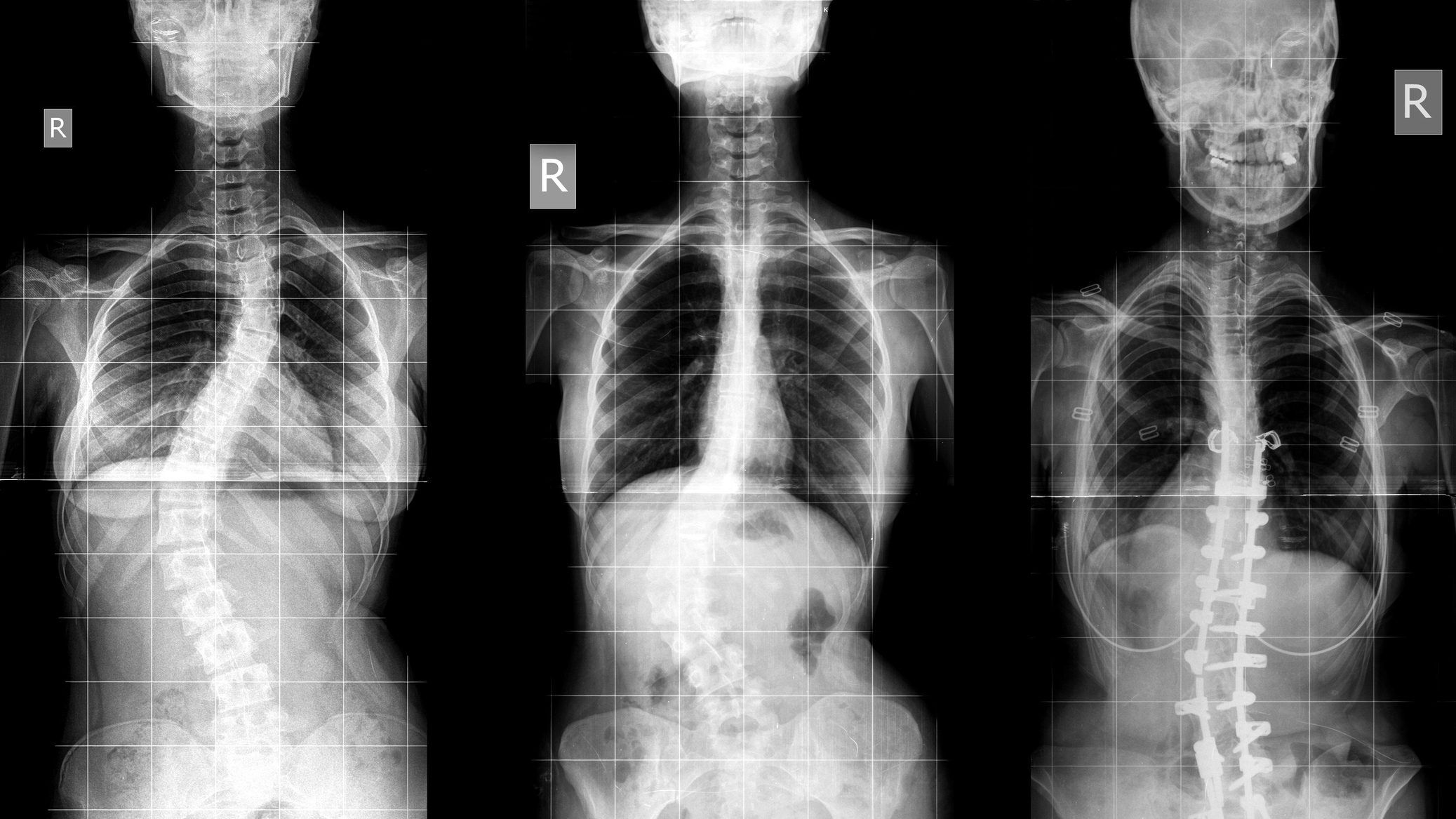musician gets a new lease on life after deep brain stimulation for parkinson's disease
deep brain stimulation gives fabio dwyer his hands back, showing how effective it can be for some parkinson's patients.
saving lives through canada's living organ donation program: a mother’s love and a second chance
once betsy budziak and her family heard there was a way to save her daughter's life without the death of another child, they jumped at the opportunity.
what are the symptoms of scoliosis?
most cases are mild, but sometimes a brace is required to prevent the condition from worsening.
 7 minute read
7 minute read









